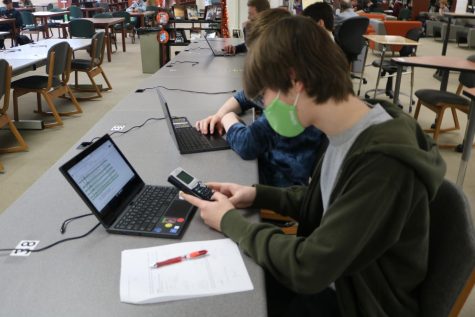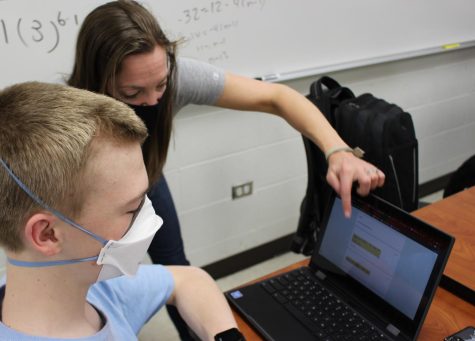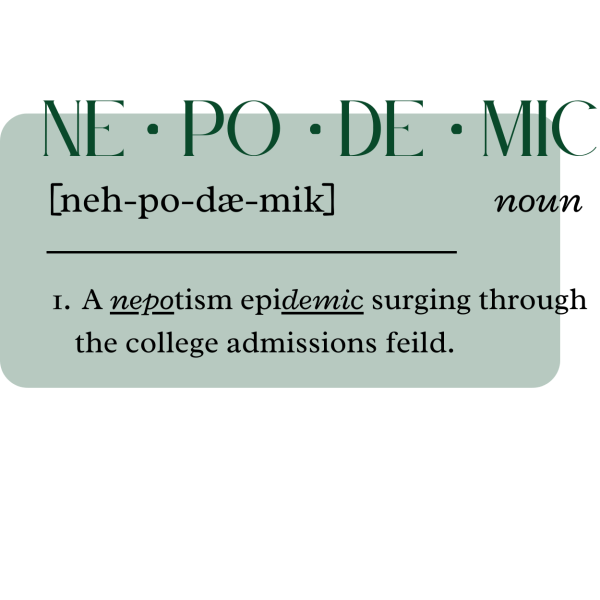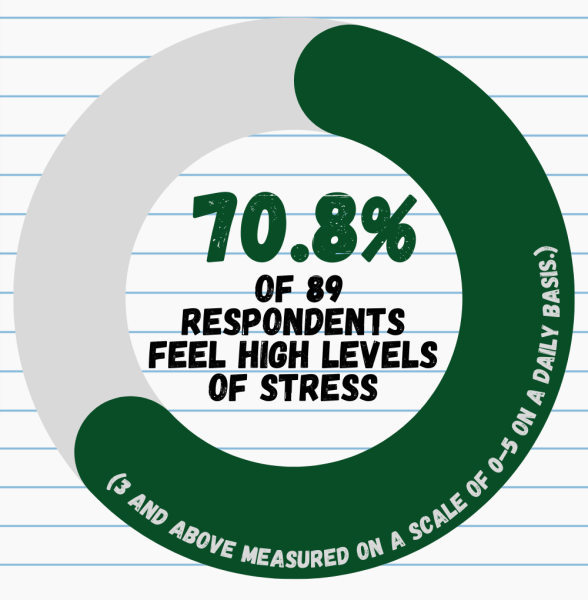Faceoff: Do RAD Days have a place in the curriculum?
Blended learning, resource area days, RAD days. These terms are all synonymous for class periods when instruction or activities can take place outside of the classroom. Teachers assign lessons to well performing students (who meet a certain criteria) on Google Classroom and students complete the allotted activities independently away from their teacher.
For RAD Days: Charles Verkoulen (Guest Writer)
In my years at LHS, RAD days have been an escape from my monotonous routine and have allowed me greater flexibility with my learning. We should embrace, and even promote, RAD days as they incentivize effort, provide a level of autonomy and allow teachers to work with students in need of additional support.
One of the many great characteristics of RAD days is that they encourage and reward hard work. Oftentimes teachers will give RAD days depending on a student’s level of understanding, and this can be determined by their completion of an exit slip or homework. This system not only motivates students to put in effort, but also makes sure that students taking RAD days have a solid comprehension of the material.
RAD days also provide students with a healthy level of autonomy. Everyone learns differently, and giving students control over their own learning helps them understand their limits. The lesson plans allow students to prioritize more pressing work and doesn’t punish them for doing their classwork later. These asynchronous assignments teach students to find outside resources and encourage them to be less reliant on direct instruction. If asynchronous just isn’t working for you, then just don’t use the RAD day. According to math teacher Mrs. Davis, in the four years that RAD days have been implemented at LHS, there have been no negative trends in grade data, and surveys show that students have experienced reduced stress levels.
Another benefit of RAD days is that they permit teachers to help students who need it. With classes of up to 30 plus students, RAD days can create smaller environments that allow teachers to support students that need extra assistance. I know that when I’m struggling with a math concept, RAD days provide the opportunity for extra clarification from my teacher that wouldn’t be possible during regular class.
RAD days are one of the many things that make LHS so special. Allowing students to control their own lives and be the heroes of their own stories is something that isn’t available at many other schools. The fantastic work of math teachers Mrs. Davis and Mr. Taylor, who brought RADs to LHS, has given LHS students the opportunity to grow themselves and develop real life skills with important applications. With increased autonomy, more motivation, and a specialized class makeup, what’s not rad about RAD?
Against RAD Days: Alex Clark
Since I’ve begun utilizing RAD days this year at LHS, I’ve found that I ended up having less motivation to do the work assigned by my teacher. I then favor my time to being on my phone or doing other work from other classes. Since I’ve procrastinated work, especially from other classes, that work now gets priority during RAD days.
RAD days also are very similar to the old Wednesday schedule that was utilized in the 2020-21 school year, which I found was overall unproductive. I had a tendency to push that work further and further behind prioritizing my phone or other activities. This tendency to push work away and prioritizing notifications and entertainment on phones, I believe, affects everybody, especially kids using RAD days.
But, in class I find myself being much more productive with my work because I have a teacher to guide me through the lesson. I also comprehend the lesson much better, or at least better than I would have on my own. In addition, I observed myself performing better on tests especially when I went to in-class review days instead of RAD day reviews. I respect the decision for teachers to utilize RAD days, and I am grateful that I have options for how I can learn but they aren’t the best use of my time.
I also don’t choose to participate in RAD days because I go to school to have in-person instruction. Why would I choose to watch an EdPuzzle (video) in the library when I could go into class and watch my actual teacher teach? It’s just too similar to asynchronous work which was a poor utilization of time. I obviously understand why we were remote then, but why would I want to continue these aspects of learning when I have the opportunity to be in-person?
RAD days are a chance for the entire class to fall behind, especially myself. Learning in-class is substantially better than any RAD day will ever be. Let’s prioritize the entire class when deciding to utilize RAD days.















